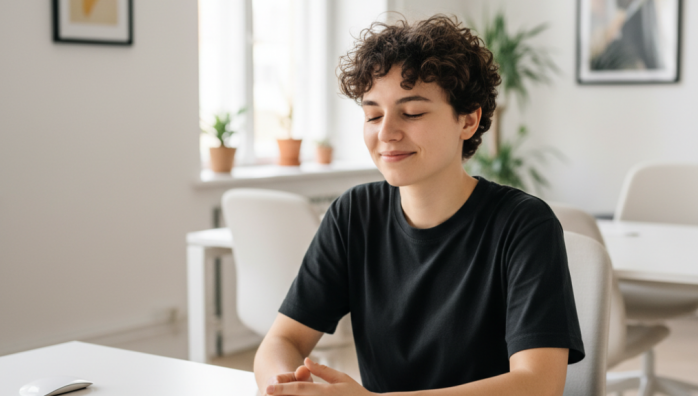Strategies for Minimizing Digital Distractions
by admin in Productivity & Tools 19 - Last Update November 23, 2025

I remember the exact moment I hit my breaking point. I was trying to write a critical report, and my screen was a chaotic fireworks display of notifications. A Slack message here, a new email there, a social media alert on my phone. My focus was shattered into a million tiny pieces. I realized I wasn\'t in control anymore; my devices were. That evening, I decided something had to change, and it started me on a journey to reclaim my attention from the digital noise.
My initial approach: The great digital detox failure
Like many people, my first instinct was to go cold turkey. I deleted social media apps, turned off my email client, and tried to create a digital monastery. It lasted about 48 hours. The problem, I soon discovered, was that my work and life are deeply integrated with these tools. Completely cutting them off wasn\'t a strategy; it was an avoidance tactic that created more anxiety. The real challenge wasn\'t about escaping the digital world, but learning how to live in it on my own terms.
The turning point: From banning to batching
The first real breakthrough came when I shifted my mindset from banning tools to batching tasks. Instead of letting emails interrupt me all day, I started checking them only three times: morning, noon, and end of day. It felt strange at first, like I was missing something important. But I quickly realized that 99% of messages weren\'t urgent. This single change gave me back massive, uninterrupted blocks of time for deep work. I applied the same logic to messaging apps, setting clear boundaries with colleagues about when I would be available.
Curating a focused digital environment
Once I had control over my time, I focused on my digital space. My computer desktop used to be a mess of files and shortcuts, each one a potential rabbit hole for my attention. The solution was surprisingly simple, and it\'s a practice I stick to religiously now.
The \'one-task\' desktop principle
Before I start a major task, I close every single window, application, and tab that isn\'t directly related to it. My desktop becomes a clean slate, a visual representation of my singular focus. This small ritual sends a powerful signal to my brain that it\'s time to concentrate. I even use browser extensions that block distracting websites during my designated focus blocks. It\'s not about a lack of willpower; it\'s about building a system where willpower isn\'t required as often.
Embracing grayscale mode
This might sound extreme, but switching my phone to grayscale was a game-changer. Without the bright, alluring colors of app icons, my phone transformed from an entertainment device into a simple tool. The psychological pull to mindlessly scroll diminished almost overnight. It\'s still fully functional, but it\'s just... less interesting. It\'s one of the most effective, low-effort changes I\'ve ever made to curb mindless phone usage.
This is an ongoing practice, not a perfect science
Minimizing digital distractions isn\'t a one-time fix. It\'s a continuous process of setting intentions, adjusting systems, and being mindful of how I use my tools. Some days are better than others. But by replacing drastic, unsustainable purges with small, consistent habits, I\'ve fundamentally changed my relationship with technology. I\'m no longer a passive recipient of notifications; I\'m the active director of my own attention, and the peace and productivity that come with that are immeasurable.














